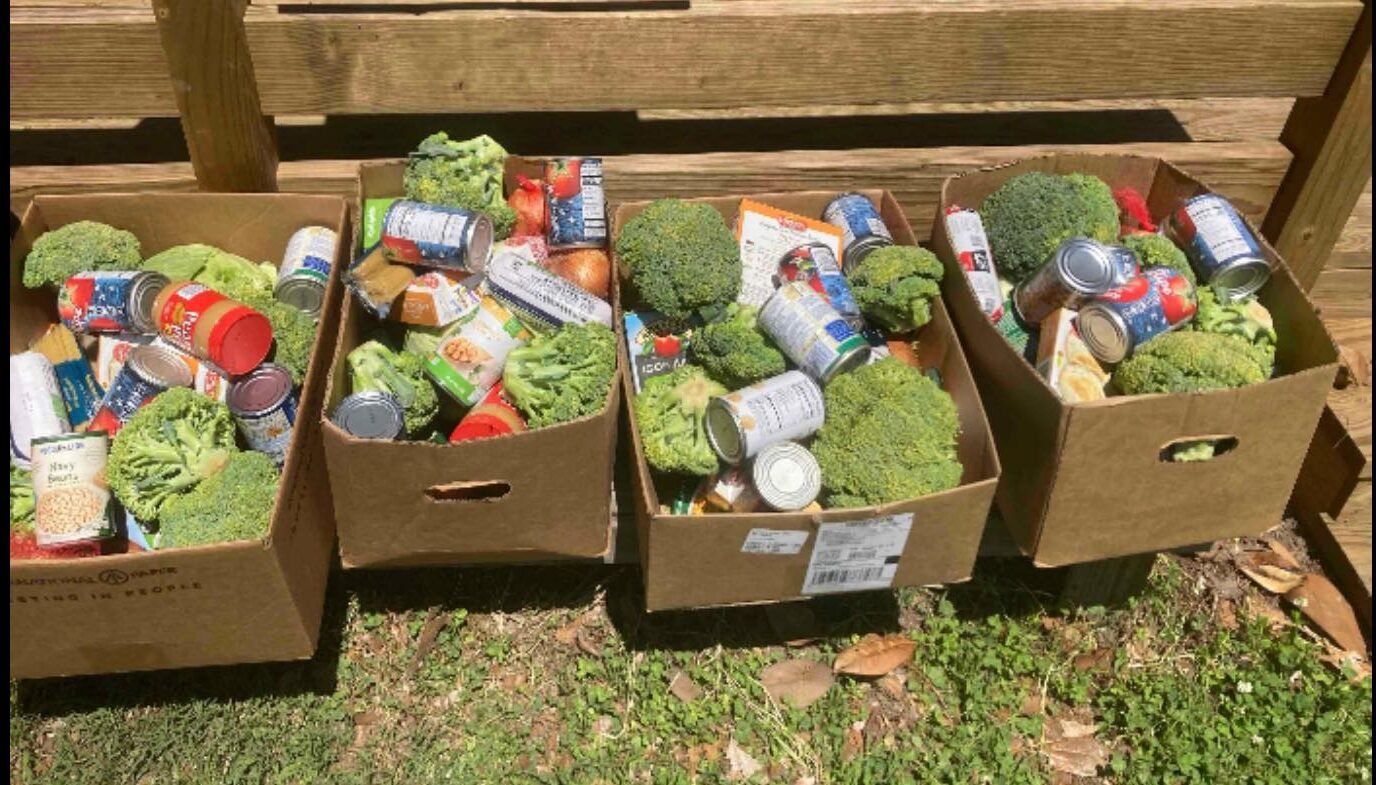-
Email Address
charliebazdanes@family4eternity.org -
Contact Us
757.708.0291

The Emergency Food Assistance Program (TEFAP): A Lifeline for Communities
The Emergency Food Assistance Program (TEFAP) is a federal initiative designed to alleviate hunger and ensure that nutritious food reaches individuals and families in need. Administered by the U.S. Department of Agriculture (USDA), TEFAP plays a vital role in supporting food banks, food pantries, soup kitchens, and other community-based organizations across the nation. By providing emergency food supplies to those facing economic hardship, TEFAP strengthens the fabric of our communities and offers a safety net for vulnerable populations.
How TEFAP Works
TEFAP operates by distributing surplus and purchased food to state agencies, which then work with local organizations to get this food into the hands of those who need it most. The program offers a wide variety of nutritious foods, including fresh fruits and vegetables, dairy products, grains, proteins, and canned goods. These food items are carefully selected to ensure that they meet the dietary needs of individuals and families, helping them maintain a healthy lifestyle even during challenging times.
Impact on the Community
TEFAP’s impact on the community is profound and far-reaching:
- Addressing Food Insecurity: TEFAP is a critical resource for millions of Americans who struggle with food insecurity. By providing a steady supply of nutritious food, the program helps individuals and families maintain their well-being, even when economic conditions make it difficult to put food on the table.
- Supporting Local Organizations: TEFAP partners with food banks, pantries, and meal programs that serve as the frontline defense against hunger in our communities. These organizations rely on TEFAP to supplement their food supplies, enabling them to reach more people and offer more consistent support.
- Promoting Health and Nutrition: The food provided through TEFAP is chosen with an emphasis on nutrition, ensuring that recipients receive wholesome meals that contribute to their overall health. This is particularly important for vulnerable populations, such as children, seniors, and individuals with chronic health conditions.
- Strengthening Community Ties: By supporting local food distribution networks, TEFAP fosters a sense of community and solidarity. Volunteers, donors, and local agencies come together to ensure that no one goes hungry, building stronger, more resilient communities in the process.
Who Benefits from TEFAP?
TEFAP serves a diverse group of individuals and families who are experiencing economic hardship. This includes low-income households, seniors living on fixed incomes, unemployed workers, and others who find themselves in need of assistance due to unforeseen circumstances. TEFAP ensures that everyone, regardless of their situation, has access to the food they need to live healthy, dignified lives.
How You Can Get Involved
Community members can support TEFAP by volunteering at local food banks and pantries, donating to organizations that distribute TEFAP food, and advocating for continued funding and expansion of the program. Your involvement helps ensure that TEFAP can continue to provide essential support to those who need it most.
TEFAP is more than just a food assistance program—it’s a lifeline for millions of Americans. By ensuring that nutritious food is accessible to everyone, TEFAP helps to build a healthier, more equitable society, one meal at a time.
